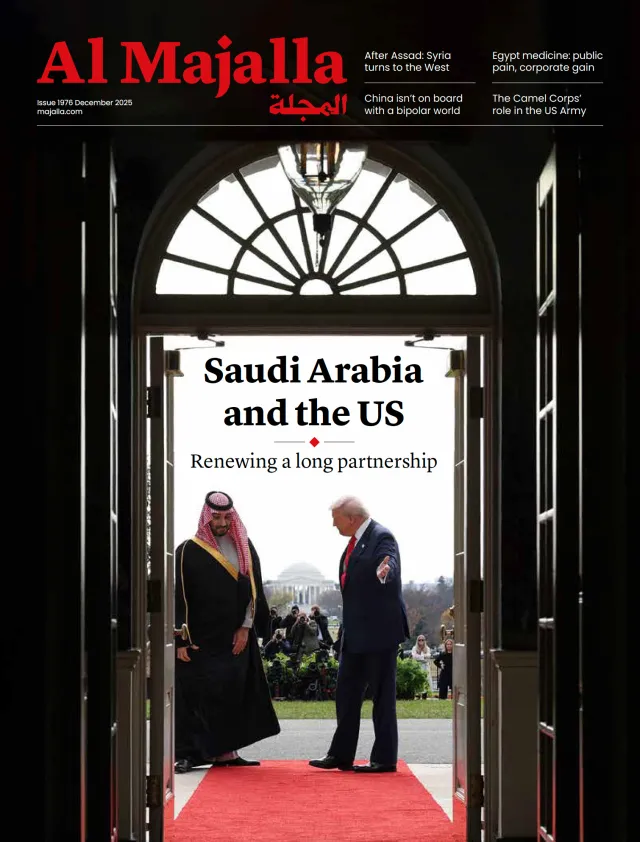Two weeks ago, Donald Trump delivered a message to the Middle East while visiting Riyadh—his first foreign visit during his second presidential term. In his speech titled President Trump’s Vision for a Prosperous Future in the Middle East, he presented his administration’s regional priorities over the next four years.
This included a pledge of support for Lebanon’s development and Syria’s full reintegration into the Arab fold—comments that broad segments of Syrian and Lebanese society will likely welcome. To meet the aspirations of their citizens who hope for a future of mutual prosperity and reconstruction, Syrian and Lebanese leaders may consider normalisation with Israel as a means to prevent renewed conflict.
On Iran, Trump called for a halt to its uranium enrichment—a red line that Tehran has repeatedly made clear. However, whether it can stand its ground in negotiations with the Americans remains to be seen after it has been severely weakened in the past 19 months following Israel’s elimination of Hezbollah’s top-tier leadership and the toppling of the Assad regime—Iran’s key state ally in the region.
Praise and criticism
Trump went on to praise the “Arab approach” in the region, which was centred on countries charting their own development, visions and destinies by “embracing their respective national traditions and cherished heritage”. He cited Saudi Arabia and other Gulf states as prime examples of this successful approach.
Of course, he couldn’t miss the opportunity to criticise the policies of his predecessors, slamming US-led interventions in Afghanistan and Iraq as failures rooted in arrogance and wars that cost America “trillions and trillions of dollars”. He said: “In the end, the so-called nation-builders wrecked far more nations than they built and intervened in complex societies they did not understand”.




